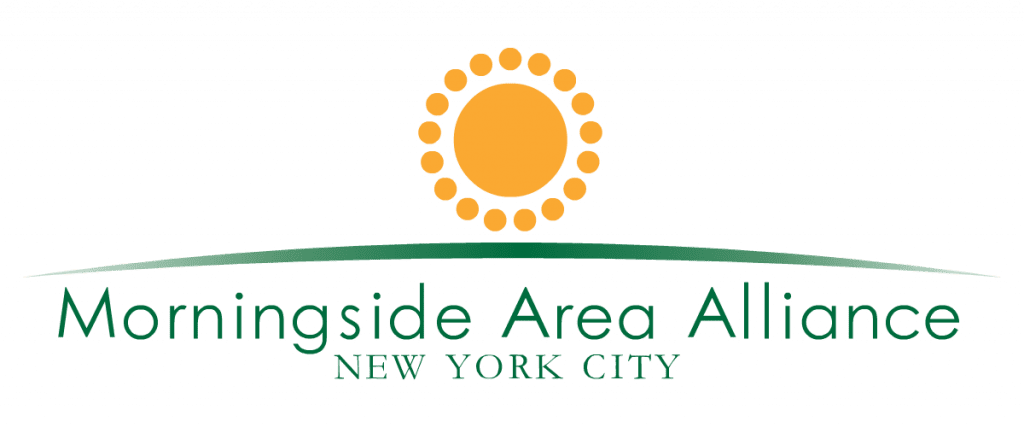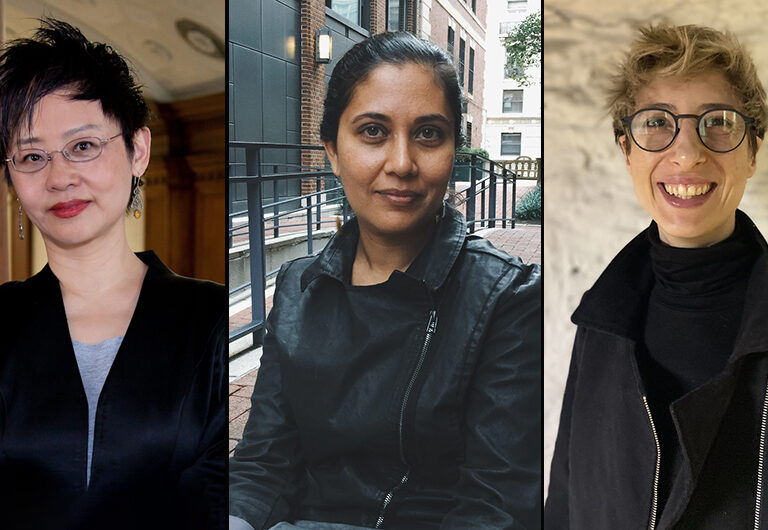Another relevant concern is the widening digital divide around the world, which has contributed to the loss of linguistic diversity. The digital divide produces a bifurcation between those who serve merely as linguistic “data,” and those who have the means to own and process that data. The digital divide refers to the digital presence of languages—or their absences—in a hypermediated, hyperconnected world.
How is this digital presence related to language justice? The chapters by Deborah Anderson, a linguist at the University of California, Berkeley, and Isabelle Zaugg, a Columbia lecturer and research scientist, explore these questions by discussing script encoding, information infrastructure, and the possibility of digital vitality. Since Unicode is the most widely accepted industry standard for the consistent encoding and representation of text across the world’s scripts, not having a digital presence in Unicode means that younger generations of a language will not be present on digital devices. In time, that could lead to what some critics call digital language death, and its implications for the disappearance of Indigenous and marginalized languages.
Can you provide some examples from the book of how the climate crisis contributes to language loss, and what some solutions are for language preservation?
The book deals less with preserving languages as cultural artifacts, and instead focuses more on the complex encounters at the intersection of ecological, social, and digital life. Here are three examples of this—one from a linguist, one from an architect, and one from two poets.
Suzanne Romaine, a linguist and professor emerita at the University of Oxford, writes in her chapter about the concentration of languages in biodiversity hotspots, and the importance of biodiversity for sustaining Indigenous communities who live in these hotspots. She illustrates the centrality of language to the United Nations’ Sustainable Development Goals by adapting economist Kate Raworth’s economic model of sustainable development, depicted in the shape of a doughnut. Raworth places ecological constraints as the outer ring of the doughnut; Romaine adds language justice right in its center. She shows how issues that might seem exclusively relevant to language justice—for instance, literacy education in students’ mother tongues in Africa—are also important more broadly to climate justice and sustainable development.
Then there’s the interview with GSAPP Professor Laura Kurgan, who’s also the director of Columbia’s Center for Spatial Research. The interview focuses on EXIT, an art project Kurgan worked on, which uses data visualizations to create a worldwide perspective on migration. One section of the project, Speechless Deforestation, gives three examples—in Brazil, Indonesia, and Cameroon—to illustrate the ways in which endangered biodiversity and endangered languages go “hand-in-hand,” as Kurgan puts it, across the globe. Mapping different data sets together makes this correlation glaringly visible—and creates a moving call for change. Following its initial exhibition in Paris, EXIT was shown in Copenhagen during the 15th session of the Conference of the Parties to the United Nations Framework Convention on Climate Change, and again in Paris during COP 21.
Multilingual voices are present in Global Language Justice. Take, for instance, these lines by the Indigenous American poet, Orlando White: “The way a word tries to breathe inside a closed book; the way a letter shivers when a page is turned.” Or these lines from the Chinese poet Yongming Zhai, mourning the accelerated death of the world’s languages: “Every two weeks one of them dies, I fly after them like a bird, but they’re dying faster than I can catch them, each with its own inherited codes, cycles and types.”
How can we see language justice in action in New York?
Two of the book’s contributors, Daniel Kaufman and Ross Perlin, bring the issue to New York. Their chapter details their work at the Endangered Language Alliance to map the languages of New York City, home to incredible linguistic diversity. An astonishing statistic: There are currently over 700 languages spoken by at least one person in the New York metropolitan area. Kaufman and Perlin analyze the complications and the significance of categorizing this diversity. They write about how a journalist documenting the effects of the pandemic centered Indigenous communities in Corona, Queens, and cited the ELA map; and they also describe a child’s sense of discovery when he saw his parents’ language represented on the map in the South Bronx.
Anything you would like to add about the book?
We want to mention Maria Bo’s chapter, as well as Wesley Leonard’s chapter. Bo, a professor at California State University, Fullerton, interrogates the concept of equal rights, and submits it to the multilingual test, as she seeks to illustrate irreconcilable tensions in our reliance on equal rights to argue for linguistic justice. Does the individual or a linguistic community bear legal rights in regard to particular languages? She suggests that parity across difference rather than a model of competing equalities might be what’s required for the robust practice of language justice.
Leonard, a professor at the University of California, Riverside, and a member of the Miami Tribe of Oklahoma, discusses in his chapter the Indigenous language of the Miami people. He argues that as long as the myth of a pure, unchanging Native American language holds sway, the dynamism that characterizes language reclamation as an essential aspect of broader claims to political selfhood and multicultural identity will continue to be ignored or denigrated as inauthentic.
What is it like to put together a book with three editors? How does that work?
Global Language Justice has been a collaborative endeavor from start to finish. We’re incredibly grateful to all our contributors, from the authors and poets included in the volume, to the many others who were involved in the project and made vital contributions along the way. The editing process was a challenge, especially because much of it was carried out during the pandemic. Most of the communication was on Zoom or over email, and we had to adjust schedules based on other responsibilities at the time.
During the pandemic, so many forms of injustice surfaced with such acuity and violence. Working towards publication of the volume was a source of hope—a reminder of the power of collective conversations and commitments to bring us closer to a just world.
Source link

